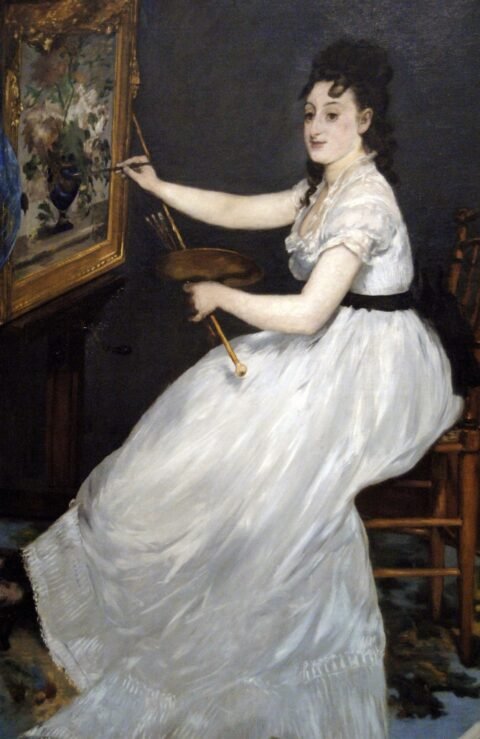REVIEW: THE ART THIEF: A TRUE STORY OF LOVE, CRIME, AND A DANGEROUS OBSESSION by Michael Finkel

Our society has long romanticized the gentleman thief. Inevitably clothed in a tuxedo, their pursuit of high stakes baubles or paintings is secondary only to that last big score that will end their career on a faraway beach with no extradition. Michael Finkel’s The Art Thief: A Story of Love, Crime, and a Dangerous Obsession challenges this concept with the thrilling and problematic narrative of Stéphane Breitwieser, a man whose crimes challenge our notion of why art is stolen in the first place.
Finkel opens with a description of Breitwieser’s theft at the Rubens House in Belgium, where with his girlfriend as accomplice he stole a statue in broad daylight. Finkel’s narrative of Breitwieser’s crimes is straightforward. From 1994 to 2001, Breitwieser stole hundreds of works whose value was estimated to be roughly $2 billion. Never intending to sell these pieces, he displayed them in the attic of an unassuming home in a French suburb. While The Art Thief might lean toward the sensational, Finkel chose his subject well. Among the descriptions of Breitwieser’s trade craft (always carry a pocket knife), Finkel poses greater questions of ownership and cultural heritage.
There is a quiet confidence to Finkel’s portrayal of Breitwieser. Conducting extensive
interviews of his subject, Finkel hands us the image of a plundering aesthete but does not cower from the hypocrisy of Breitwieser’s quest. Confident that he was a better steward of these works than the museums he stole from, Breitwieser surrounded himself with rare objects like a man possessed. He may have seen museums as “prisons for art,” but took no issue with depriving theworld of the chance to see the works he stole.
It is hard to reconcile the noble image of truth and beauty that Breitwieser had of himself when reading about a 17th Petel sculpture of Adam and Eve relegated to a bedside table. His crimes may have earned him the honor of being “perhaps the most successful and prolific art thief who has ever lived,” but his motivations intimate a delusional man suffering under the perceived threat of modernity.
Finkel’s skill is truly on view in the book’s finale, where Breitwieser’s arrest and aftermath take center stage. Maintaining the momentum initiated by Breitwieser’s crimes, Finkel’s unsparing depictions of his trial put his flawed aesthetic pietism on stark display. The
trial brings up the complexities of art and ownership that Breitwieser’s crimes are uniquely
suited to illustrate. Finkel does not insert his perspective to answer these questions, instead utilizing the testimony to debate the philosophical ideals of heritage and accessibility that dictate how our institutions operate. Breitwieser’s thefts highlight museum vulnerabilities, but also their innate purpose. As one museum director put it “We can’t transform our museum into a safe. We serve the public.”
Finkel no doubt romanticizes Breitwieser, but he is wise enough to do so at a distance.
While the book might not succeed in offering concrete answers to the questions brought up by Breitwieser’s trial, it offers a memorable window into the discourse that brings the theorizing of the art world down to earth.
Penguin Random House, Hardcover, $28, Jun 27, 2023 | ISBN 9780525657323





